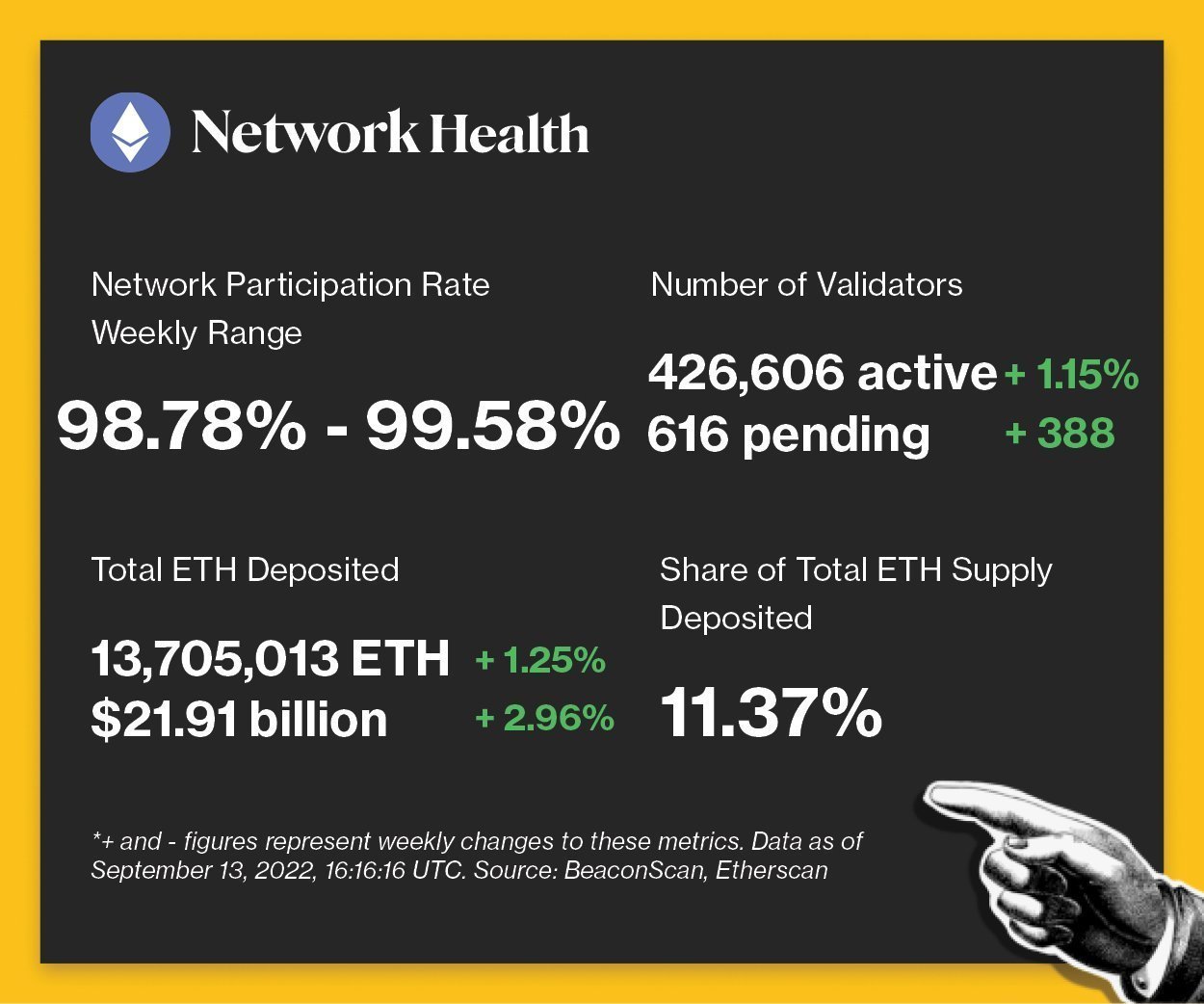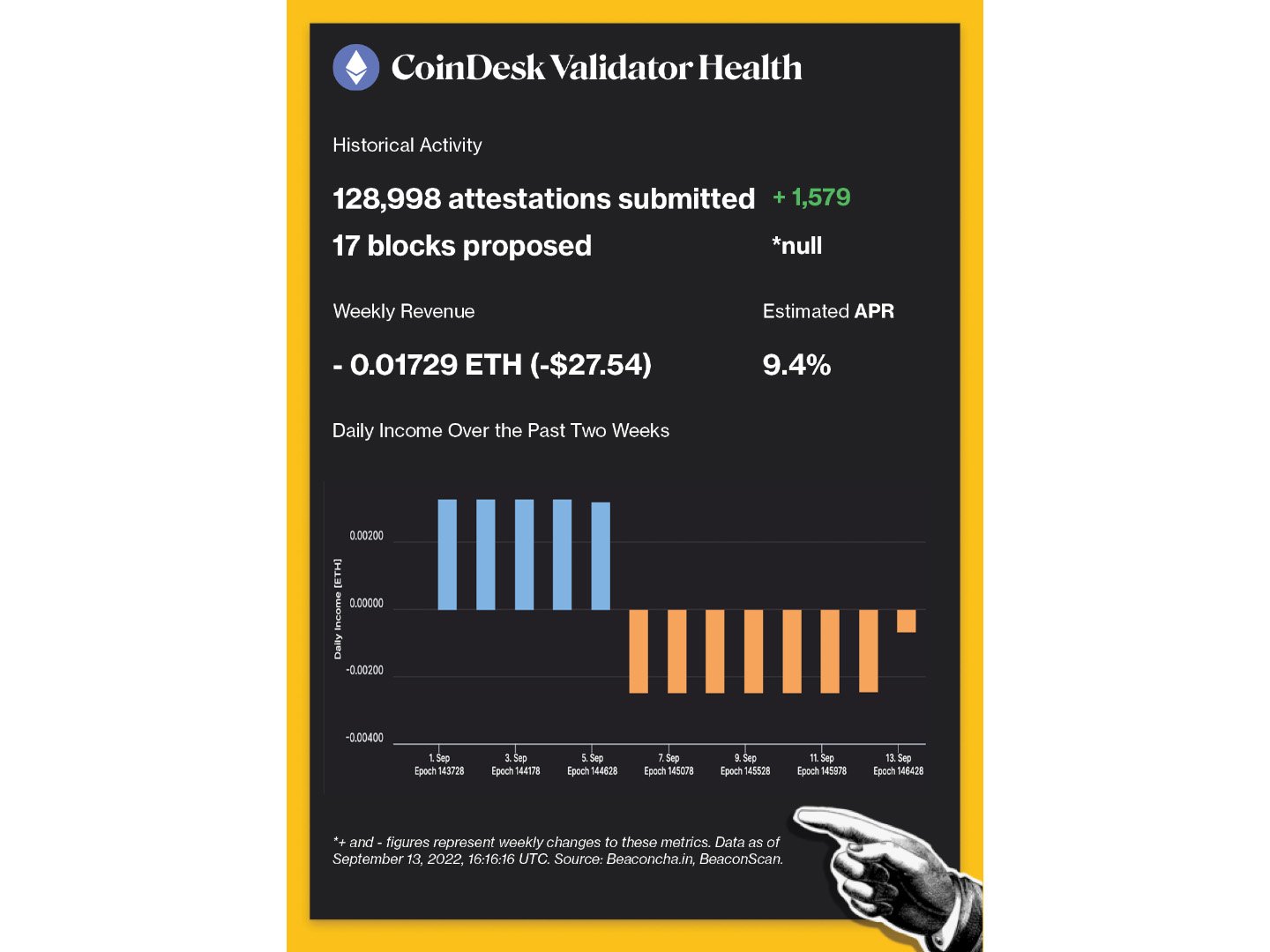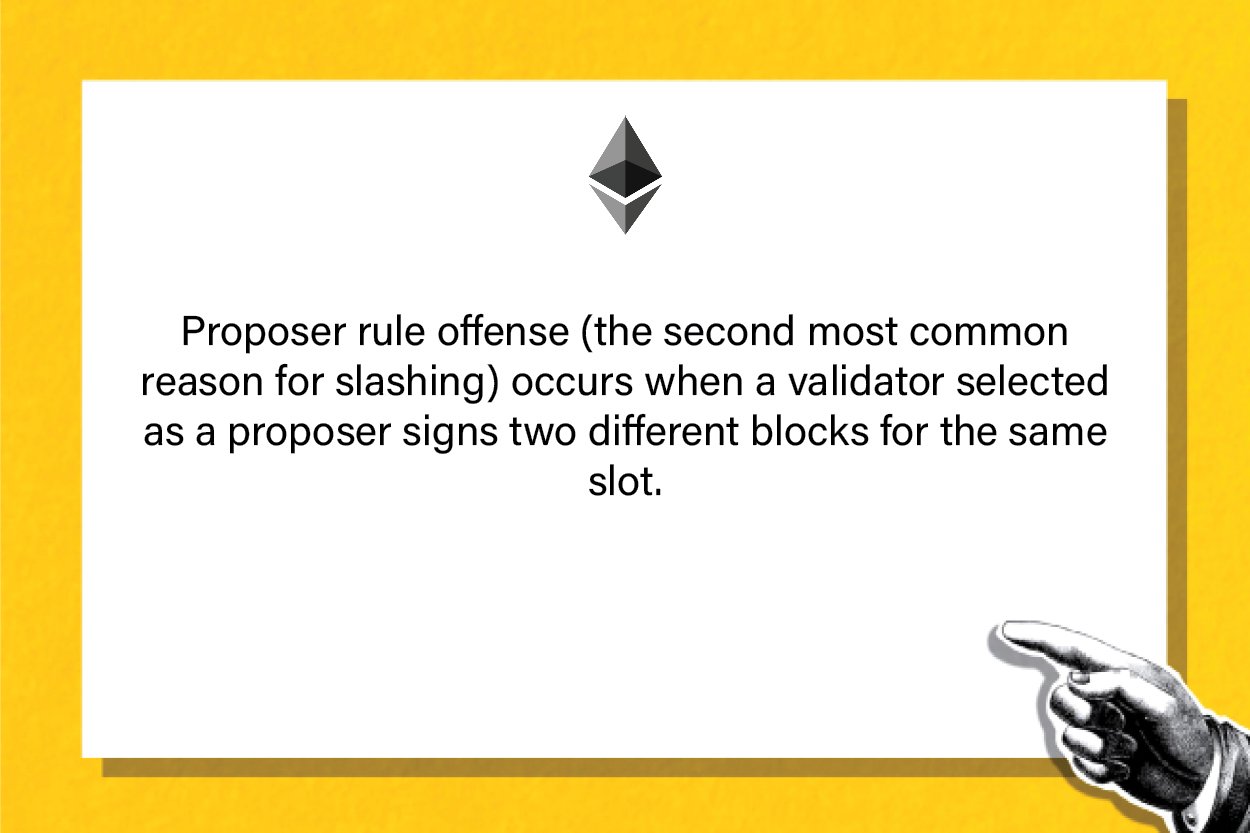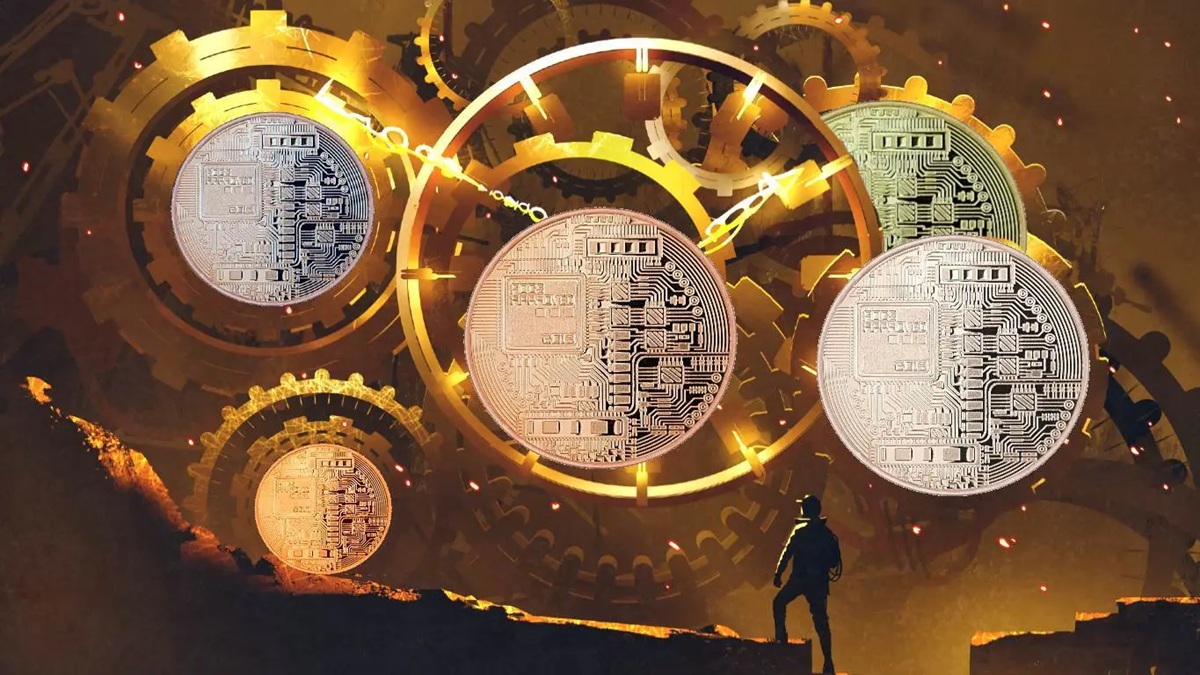All eyes in the cryptosphere are set on “the Merge,” Ethereum’s long-awaited update to a new, greener, method for processing transactions. The update, which will see the second-largest blockchain network ditch its power-hungry miners once and for all, is expected to take place around 15 hours after we hit “publish” on this article.
If you’re like us and are eager to follow along as the Merge approaches, there’s no need to be overwhelmed. Let us walk you through how we’ll be able to tell whether the upgrade was a success.
This article originally appeared in Valid Points, CoinDesk’s weekly newsletter breaking down Ethereum’s evolution and its impact on crypto markets. Subscribe to get it in your inbox every Wednesday.
Timing of the Merge
Rather than a specific time, Ethereum’s Merge is scheduled around something called its Terminal Total Difficulty number – a value representing the cumulative difficulty of all blocks that have ever been mined under the network’s proof-of-work system.
The TTD number has been set at 58750000000000000000000, but you don’t need to do the math yourself in order to figure out what this means in human time.
To keep tabs on the Merge, one can bookmark websites like bordel.wtf and wenmerge.com, which both feature live estimates for when the upgrade will happen. Even easier, you can look up “When is the Ethereum Merge?” on Google, and you’ll be greeted with a big, fat countdown timer.
At press time, most estimates are placing the Merge around 4:23 UTC on Thursday – late into the evening (around midnight Thursday morning) if you are on the east coast of North America. (We only have an estimate because Ethereum proof-of-work blocks fluctuate in difficulty, and they aren’t issued at a set interval).
Block proposals
Ben Edgington, a product lead at the Ethereum research and development firm ConsenSys, told CoinDesk that the first thing he’ll be paying attention to when the Merge happens is whether or not blocks of transactions are being proposed to Ethereum’s proof-of-stake chain.
Recall that Ethereum is a decentralized ledger – a balance sheet that gets updated by a disintermediated community of volunteers, called “validators.” Every 12 seconds under Ethereum’s new system, a validator will be randomly selected to propose a “block” to the chain – a list of transactions that it wants to write into the ledger.
“We expect a block like clockwork every 12 seconds on the proof-of-stake chain. Every ‘slot,’ which is a 12-second interval, a validator is chosen by the protocol to propose a block for that slot. If that validator is offline, is on a different fork, or is otherwise not participating correctly, then that block goes missing,” Edgington explained.
One can view this data on chain explorers like beaconcha.in or beaconscan.com. Both sites list every new slot as it happens, along with whether or not a block has been proposed for it.
“Immediately, we will ‘see empty slot, empty slot empty slot,’ and that would be the first sign of trouble. If we see ‘block, block, block, block, block,’ then we know we’re good,” Edgington explained.
A few missed slots, according to Edgington, are “not immediately calls for desperate concern.”
Over the past few months, several Ethereum test networks (testnets) have undergone their own transitions from proof-of-work to proof-of-stake – each serving as a kind of dress rehearsal for the real thing.
“We have not yet had a completely flawless testnet merge,” recounted Edgington.“They’ve all had little bumps, small 10% or 20% reductions in the number of blocks. But very quickly, you know, within an hour people have fixed things and it’s gone back up to normal levels, which is basically [a block] every 12 seconds.”
Participation rate
The next thing Edgington will be looking at post-Merge will be the network’s participation rate.
If a newly proposed block receives enough votes from the wider Ethereum community – called “attestations” – its transactions are written to the Ethereum ledger with the digital equivalent of a permanent marker.
“In contrast to the proof-of-work network, on proof of stake all of the validators participate all of the time – they’re voting on [all] the blocks that they see,” explained Edgington. “We know we have [around] 420,000 validators, so we can count the votes and we can see how many are going missing. So we get a participation rate.”
Christine Kim, who created this newsletter before becoming a researcher at the investment firm Galaxy Digital, explained how one should look at participation rate in a recent piece she wrote about watching the Merge. (The piece is recommended reading for anyone looking for a deeper dive on monitoring the Merge after reading this newsletter.)
“[Participation rate] is particularly useful in getting a sense of the overall health of Ethereum as a [proof-of-stake] network,” Kim wrote. “A high participation rate from validators suggests that there is a strong probability epochs [big groups of slots] will be finalized without delay. A low participation rate, below the 2/3 threshold, suggests the opposite – that network finalization has a high likelihood of being delayed.”
Ethereum, in other words, will continue working so long as the participation rate sits above 66%, but the Beacon Chain – Ethereum’s proof-of-stake staging area that will merge with its proof-of-work mainnet later tonight – usually has a participation that hovers around 99.5%. Again, one can monitor this number at beaconcha.in or beaconscan.com.
Finalization
As Kim hinted in her explanation of the importance of participation rate, the key indicator of a successful Merge will be when the network reaches finality.
Finality, explained Edginton, “is when the network collectively declares a block – a checkpoint in time in which it will never be reverted. We will never rewrite history before that point.” This, in other words, is when the transactions written to the new proof-of-stake ledger become irreversible.
“The point at which we pop the champagne is the point where we finalize the Merge checkpoint, which will be somewhere around 13 to 15 minutes post-Merge,” he added.
Why so many minutes? As Kim explained in her article, “Network finality on the Ethereum Beacon Chain is reached after 2 epochs are confirmed by at least 2/3 of active validators. An epoch is a period of time, 6.4 minutes, divided into 12-second intervals [ie. slots].”
The block explorer platforms we mentioned earlier, beaconcha.in and beaconscan.com, both list every epoch along with whether it has been finalized or not. Once Merge developers see two epochs finalized, one can only imagine the collective sigh of relief.
Pulse check
The following is an overview of network activity on the Ethereum Beacon Chain over the past week. For more information about the metrics featured in this section, check out our 101 explainer on Eth 2.0 metrics.

Network Health (BeaconScan, Etherscan and CoinDesk Research)

CoinDesk Validator Health (Beaconcha.in, BeaconScan and CoinDesk Research)
Disclaimer: All profits made from CoinDesk’s Eth 2.0 staking venture will be donated to a charity of the company’s choosing once transfers are enabled on the network.
Validated takes
The CoinDesk Market Index has been unveiled.
-
WHY IT MATTERS: CoinDesk Indices on Friday rolled out a new broad-market gauge of digital asset prices, the CoinDesk Market Index. The media company hopes the CoinDesk Market Index could become an industry benchmark similar to the stock market’s Dow Jones Industrial Average or Standard & Poor’s 500. The CoinDesk Market Index is first in a family of nine new price indices built around the media company’s Digital Asset Classification Standard for categorizing bitcoin, ether and other digital assets. Read more here.
Binance to issue “soulbound” tokens.
-
WHY IT MATTERS: The cryptocurrency exchange plans to issue a “soulbound” token on the BNB blockchain to all users who complete know-your-customer (KYC) requirements. Soulbound tokens, which act as an identity passport across the BNB blockchain, are unique and non-transferable. The tokens will allow users to participate in building projects while earning rewards. Users can opt out of the token if they prefer not to share their identity across the entire network. Read more here.
A research report from Bank of America said the Merge may lead to greater institutional adoption of ether.
-
WHY IT MATTERS: The notable reduction in energy consumption after the Merge may allow some institutional investors, who are barred from buying tokens that run on proof-of-work systems, to purchase ether (ETH) for the first time, the report said. “The ability to stake ETH and generate a higher-quality yield (lower credit and liquidity risk) as a validator or through a staking service rather than on block-box lending/borrowing applications may also drive institutional adoption,” analysts Alkesh Shah and Andrew Moss wrote. Read more here.
Factoid of the week

Factoid
Open comms
Valid Points incorporates information and data about CoinDesk’s own Ethereum validator in weekly analysis. All profits made from this staking venture will be donated to a charity of our choosing once transfers are enabled on the network. For a full overview of the project, check out our announcement post.
You can verify the activity of the CoinDesk Eth 2.0 validator in real time through our public validator key, which is:
0xad7fef3b2350d220de3ae360c70d7f488926b6117e5f785a8995487c46d323ddad0f574fdcc50eeefec34ed9d2039ecb.
Search for it on any Eth 2.0 block explorer site.





